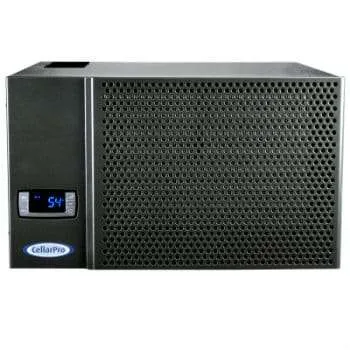- Wine Refrigeration
- Cable Wine Racks
- Wood Wine Racks
- Metal Wine Racks
- Floor To Ceiling
- Pegs & Panels
- Custom Wine Racks
- Resources
- Wine Refrigeration
- Cable Wine Racks
- Wood Wine Racks
- Metal Wine Racks
- Floor To Ceiling
- Pegs & Panels
- Custom Wine Racks
- Resources






